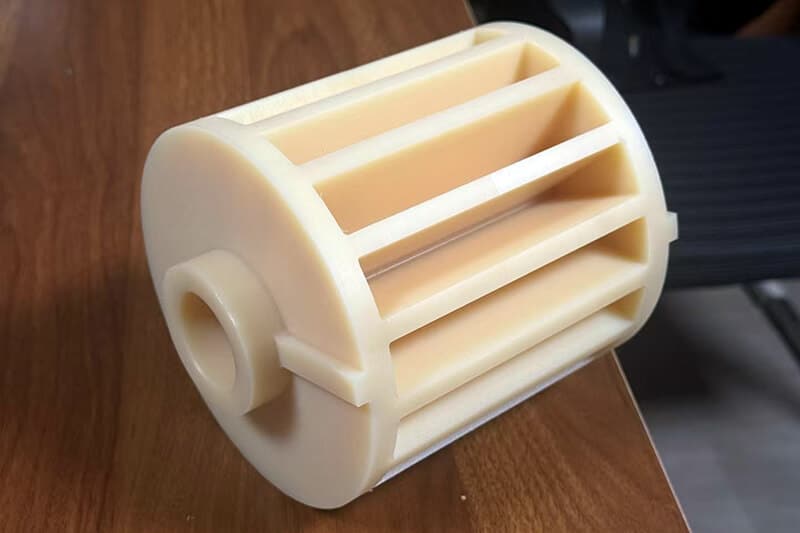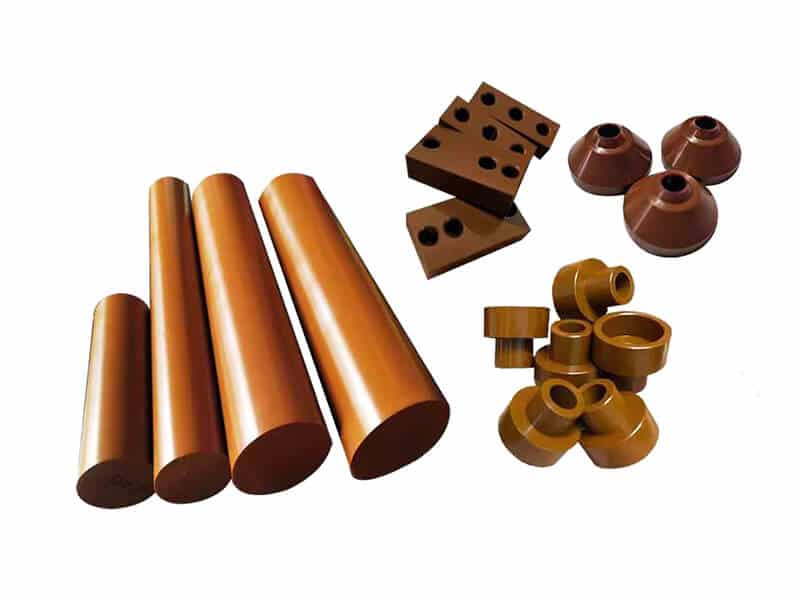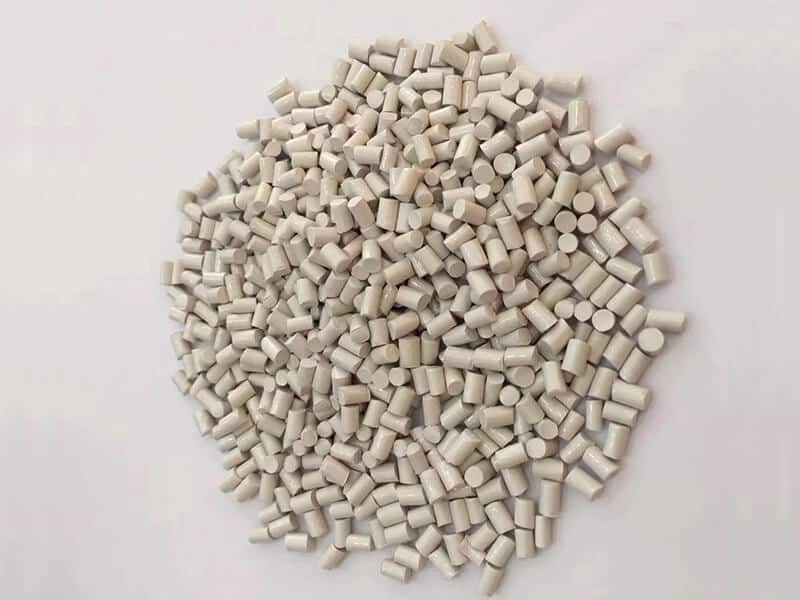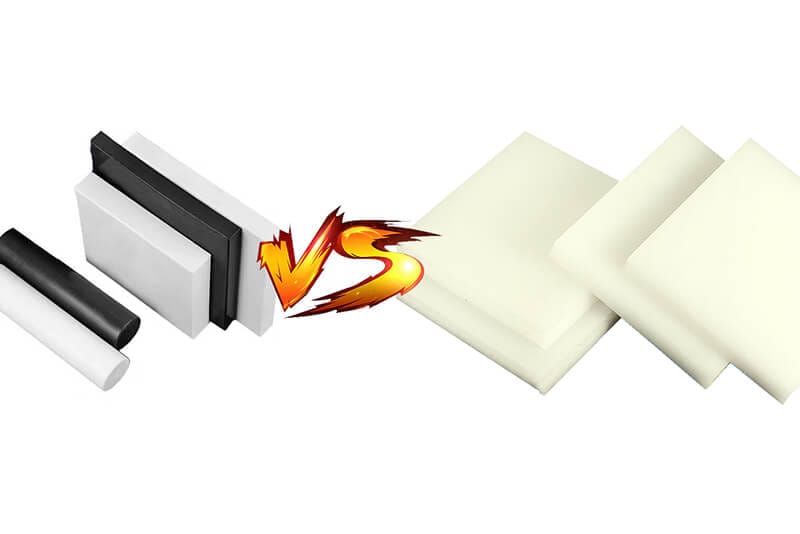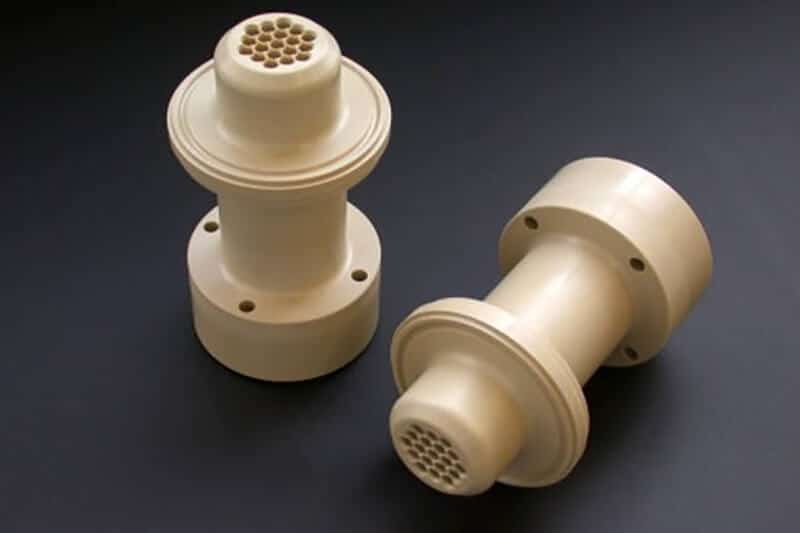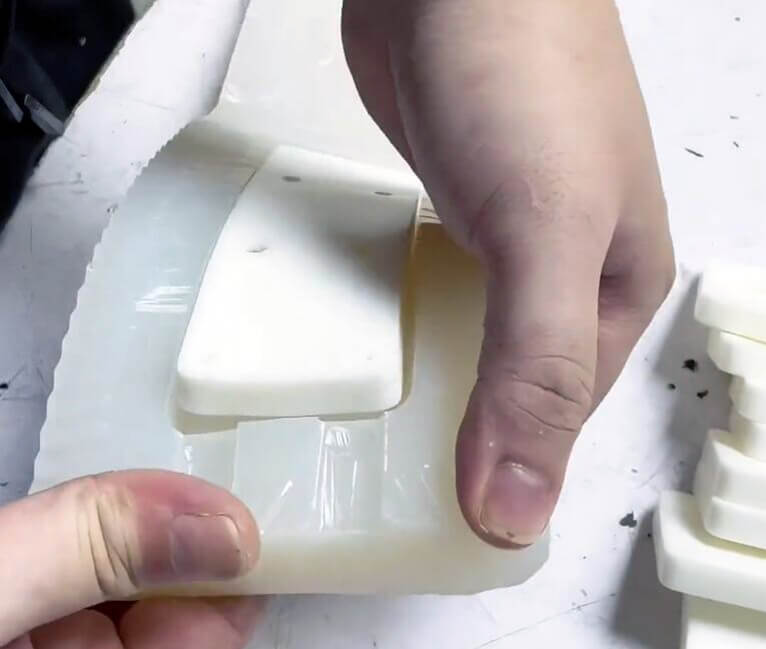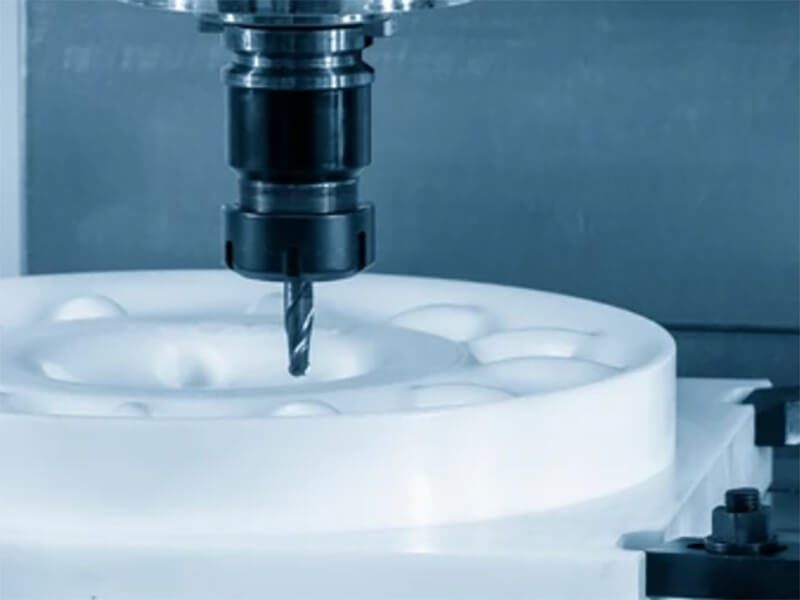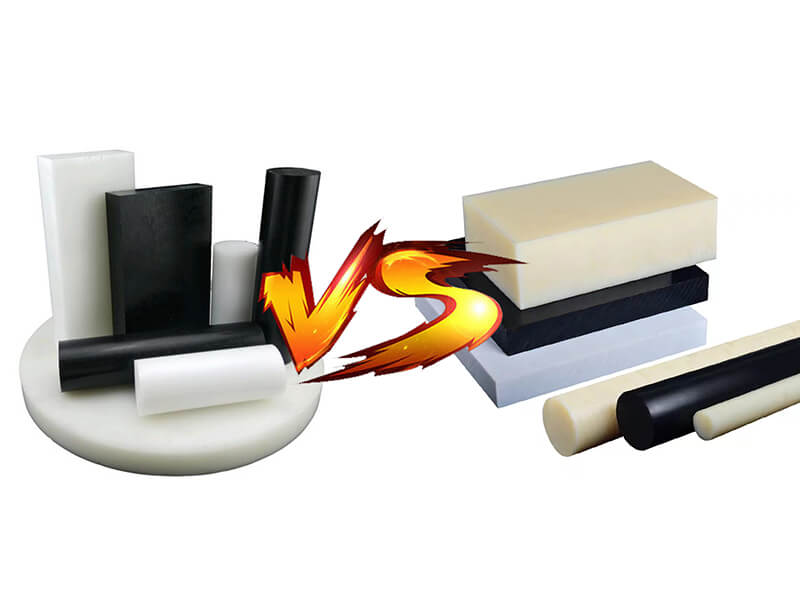ABS Plastic Insights: Exploring Advantages & Disadvantages
A quick dive into the advantages and disadvantages of ABS plastic – your
go-to for balanced insights in material decision-making.

ABS plastic is known for its ultimate features and properties, which make it a proper material for rapid prototyping and other industrial uses. However, this thermoplastic has plenty of advantages and disadvantages regarding its useability in the manufacturing industry. Here, we will explore the advantages and disadvantages of ABS plastic.
Advantages of ABS Thermoplastic
Here are the advantages of ABS thermoplastic.
Thermoplastic Properties
ABS or Acrylonitrile Butadiene Styrene is made with a method called polymerizing. Usually, the acrylonitrile and styrene are first polymerized on polybutadiene rubber and then melted with styrene acrylonitrile. The polymerization processes the smaller molecules like building blocks with chemical reactions to bind into large molecules. That process extends the quality of the raw material. The ABS plastic is created by combining those three components.
Strong & Durable
As we know, ABS plastic is made with three different components that have several capabilities. For instance, acrylonitrile is known for strength, and styrene is known for its rigidity whereas polybutadiene rubber exhibits toughness. When all three components are combined in a singular material then it possesses strength and durability. ABS plastic is strong and durable by birth and has remained usable for over 30 years.
Chemical Resistance
ABS is a low-water absorption material. In addition, it resists plenty of chemicals in normal temperatures including gasoline, normal acids, concentrated hydrochloric, phosphoric acids, alkalis, mineral oils, animal fat, etc. However, ABS can’t resist ethyl chloride, acetone, ethyl benzene, ether, and methylene chloride. Overall, this plastic material withstands the most common chemicals available everywhere.
Multipurpose
Thermoplastics have become the most usable plastic materials in the manufacturing industry. ABS polymer provides versatile application efficiency with top-class performance. This thermoplastic is being used in different industries, such as medical, electrical, aerospace, household items, computer items, etc. ABS thermoplastic is strong and durable, which makes it suitable for those privileged industries.
Lightweight
Unlike other engineered thermoplastics, ABS has a lightweight feature for its low density. However, ABS plastic is made with three different components and melted in a thick sheet that does not weigh heavily. Despite the thickness, this plastic sheet provides great sturdiness and stiffness with shock resistance. The lightweight feature makes it suitable for manufacturing gardening tools like shovels, rakes, hoes, etc.
Energy Efficiency
First, ABS plastic is lightweight because of its low density. Second, it provides consistent energy efficiency when used in automotive applications. ABS plastics are often used in vehicle manufacturing to create dashboards, body panels, bumper covers, etc. This plastic is lightweight and reduces the overall weight of the vehicle, which indirectly decreases fuel consumption and ensures energy efficiency.
Recyclable
This thermoplastic has an extreme level of recyclable possibility. Because of the low melting point, it can be heated and cooled multiple times without any problem. So, you can change the virgin ABS plastic in a short time and can make new products and items. On the other hand, the recycling process will not take much time and cost. Either Way, it is a good deal.
Better Surface Finishing
ABS and PLA plastics are not easy to obtain perfect surface finishing. Unlike the PLA, ABS plastic can be sanded easily but the rubbing layer will remain on the surface. But by using a primer before performing surface finishing, the aesthetic looks can be increased with perfect finishing. With this method, the plastic surface will finish perfectly without any scratches and rubbing layers.
High Plasticity
The best part of this engineered plastic is it can be used in versatile manufacturing methods like injection molding and 3D printing. Therefore, ABS plastic provides a great number of facilities and benefits including sturdiness, stiffness, shock and vibration resistance, chemical resistance, electric resistance, durability, versatility, and easy formability.
Multiple Colour Variations
Recently plastic materials have become one of the most usable materials after metal. It has plenty of mechanical benefits that improve the manufacturing industry. Among those plastics, ABS provides plenty of industrial benefits including multiple colour variations. So, you can use this material on your project by matching colours.
FDA Certified
FDA or the Food and Drug Administration certified this thermoplastic for its biocompatibility. However, research says that there are no carcinogens or health issues in ABS plastic. So, it can be used in food processing industries for packaging, covering, and household items. On the other hand, this no-health issue makes it suitable for the medical device and equipment industry.
Disadvantages of ABS Thermoplastic
Here are the disadvantages of ABS thermoplastic.
High Smoke Generation
This is one of the important notable disadvantages of ABS plastic. This plastic has low resistance to extreme temperatures that easily melt or burn while in contact with fire. On the other hand, it produces extreme levels of toxic flame that pollute the environment and harm the technician or operator.
Low UV Protection
As we know, plastic materials can’t provide 100% of UV ray protection. But some of them can resist a good amount of harmful rays. In that case, ABS plastic exhibits a low level of UV protection. Though applying coating on the surface of the plastic can increase the protection it might be costly in some cases.
Low Melting Point
ABS thermoplastic has a low melting point of 200-240°C. So, this material changes its formation and mechanical properties when it comes in contact with high temperatures. On the other hand, this thermoplastic possesses the lowest melting point among other plastics. So, it is unusable in certain applications where temperature is common.
Poor Weather Resistant
As we know, ABS plastic has a low level of water absorption. In addition, it exhibits limited chemical resistance including chlorinated solvents, aldehydes, and alcohols with low melting points. So, this plastic material easily gets discoloured and fragile when exposed to the sun’s glare and UV rays.
Dimensional Instability
Unlike other thermoplastics, ABS changes from its standby position in thermal pressure. So, 3D printing might change the geographic dimension unexpectedly. For instance, you must be careful to manufacture accurate prototypes or other parts.
Inappropriate for 3D Printing
Indeed, the ABS plastic works perfectly in injection molding but the result in 3D printing is not satisfying. For the reason of low melting point and high flammability, it shrinks and cracks often while printing. So, the whole 3D printing process encountered failure.
Conclusion
ABS thermoplastic provides mechanical efficiency, making it an ideal material for rapid prototyping. Along with prototyping, this plastic material can be used in different industries and part manufacturing. This article projects the advantages and disadvantages with a clear exploration of ABS plastic material.
All plastic materials have Advantages and Disadvantages, and we need to know them clearly. This will help you determine which material is suitable for your projects.
If you are looking for an expert or trustworthy supplier of ABS parts and machining services, contact UVTECO. It is an expert in engineering ABS plastic in China.
Related Blogs

Looking for a trustworthy Supplier
Need a Trustworthy Supplier of Plastic, Foam, Sponge, Rubber, Metal, and Machining Solution. Click the Button, We Will Be In Touch With You As Quickly As Possible.


